Costa Rica will begin allowing all U.S. residents to visit as of November 1. It’s a radical move departing from its policy of a partial openings that started in the beginning of September that allowed visitors from limited U.S. states to enter the country. The list later grew to 20 states and territories.
It currently remains the only country to allow Americans entry depending on their state of origin.
But there are still hurdles for those who want to head to the pristine rainforests and soft white beaches of this Central American tourism mecca. Visitors will have to pass a coronavirus test before arriving, says Tourism Minister Gustavo Segura.
“The provision is due to the opening in international tourism, gradual, sustained and with controlled risk that we have been managing to reactivate the country’s economy and boost the tourism sector,” Segura said at a press conference.
Visitors to Costa Rica need to show proof of a negative PCR coronavirus test taken within 72 hours of travel to Costa Rica. Those tests results are usually available within 48 hours. There will be no option to get tested on arrival.
Then, there is something called the “Health Pass,” a digital epidemiological form all visitors must complete. In the event of having to quarantine or accrue medical expenses during a stay, visitors will have to purchase travel insurance covering accommodations and any medical services. Policies can be purchased from an international company or bought in Costa Rica.
As of September all hotels throughout the Costa Rica were have been allowed to operate at 100% capacity, although common areas, restaurants, gyms and swimming pools operate at only 50% capacity.
Costa Rica’s opening to international tourism will continue to be responsible, careful and gradual, and will go hand-in-hand with the promotion of local tourism.
“I reiterate the call for joint responsibility to protect people’s health, and at the same time, the jobs that we hope to recover. If we all adhere to the protocols, the measures will be sustainable over time,” said the Tourism Minister
For those U.S. citizens flying in privately, private flights from the United States are now allowed to enter, but the same requirements as described apply. Private yachts are also able to enter with the mitigating requirements. However, if the maritime passengers do not bring the negative PCR test with them, or if they set sail from a city or country that has not been authorized, they will receive a quarantine health order from which the days they have been at sea will be deducted from the last sailing recorded in the yacht’s log. Top harbors for entry into Costa Rica are in Golfito, Los Sueños, Pez Vela, Banana Bay and Papagayo.
Costa Rica closed its borders to foreigners in March, but reopened in August for visitors from the European Union, the United Kingdom and Canada. Asian countries, Australia, New Zealand and Uruguay were added the list in the ensuing weeks. U.S. citizens began arriving in September from the cleared states of Connecticut, Maine, Maryland, New York, New Jersey, New Hampshire, Vermont and Virginia, plus the District of Columbia. On Sept. 15, Arizona, Colorado, Massachusetts, Michigan, New Mexico, Oregon, Pennsylvania, Rhode Island, Washington and Wyoming travelers joined the crowds, and as of October 1, California and Ohio gained visitation privileges.
As of early October, American Airlines announced its preflight coronavirus (COVID-19) testing program for customers traveling to international destinations and Hawaii. The initial launch, scheduled for Oct. 15 for passengers traveling from the airline’s hub at Dallas Fort Worth International Airport (DFW) to Hawaii, will now also include passengers traveling to Costa Rica.
The airline plans to launch a testing program at its Miami International Airport (MIA) hub for passengers traveling to Jamaica, the Bahamas and Costa Rica as well. American is also working with CARICOM, an integrated grouping of 20 Caribbean countries, to expand the program to additional markets in the region.
The preflight testing program at DFW for travel to Costa Rica is in partnership with LetsGetChecked, CareNow. But customers will be responsible for testing costs.
American is offering three options for preflight testing to customers with flights from DFW to Costa Rica:
– At-home test from LetsGetChecked, observed by a medical professional via virtual visit, with results expected in 48 hours on average.
– In-person testing at a CareNow urgent care location.
– Onsite rapid testing, administered by CareNow, at DFW.
Customers traveling from MIA to Costa Rica will initially have one option for preflight testing, with more options becoming available after the program launches at the hub. That is the At-home test from LetsGetChecked, with results expected in 48 hours on average.
Testing must be completed within 72 hours of the final leg of departure and tourists who test negative will be exempt from the country’s 14-day quarantine. Negative test results must be uploaded to the country’s Health Pass.
American resumed its operation in Costa Rica in Sept. with service from its DFW and MIA hubs to San Jose (SJO). In early October, the airline resumed service to Liberia (LIR) from DFW and MIA, and now operates a total of 19 weekly flights to the country.
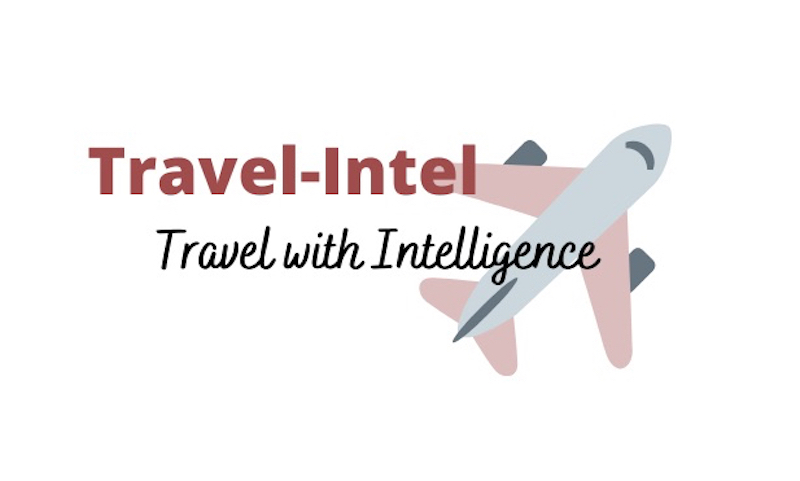
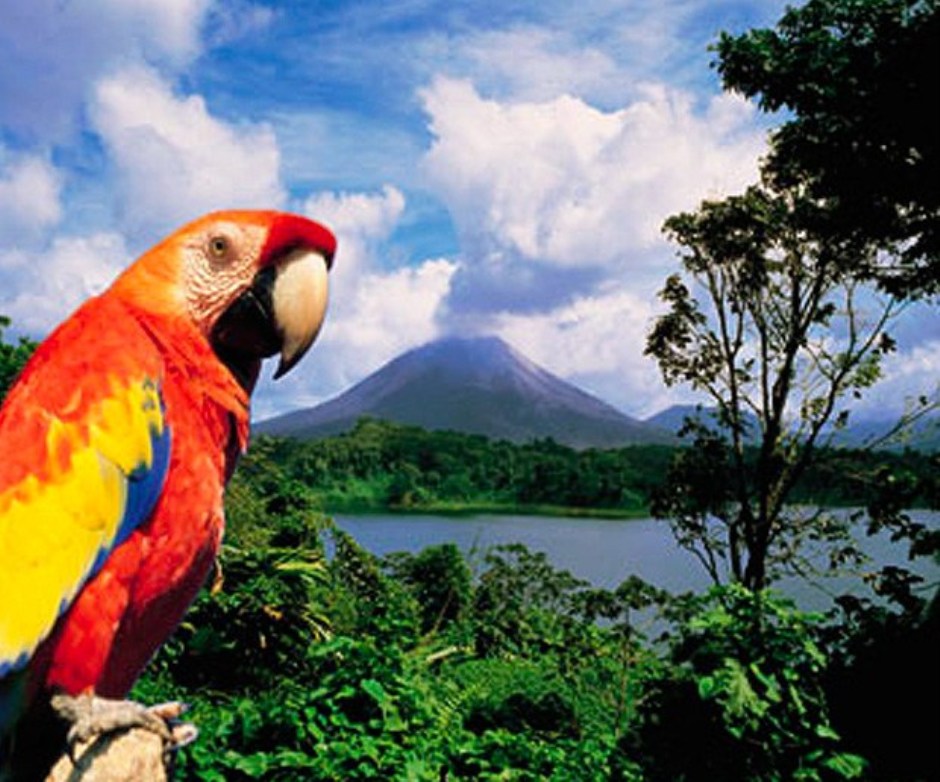


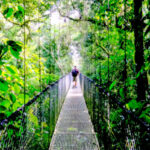







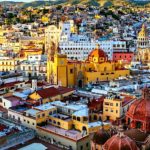


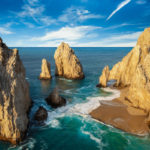
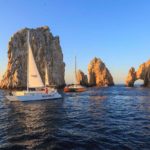



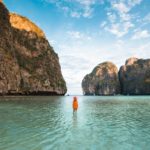



























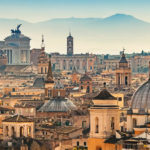

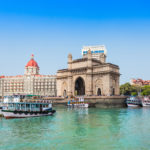


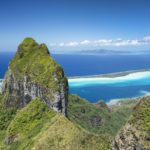
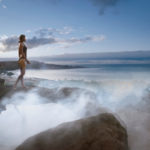































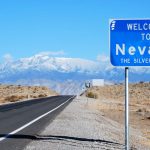








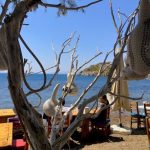











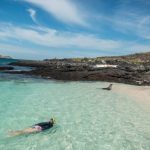
















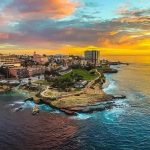










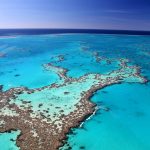






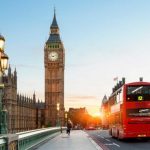







Get Social